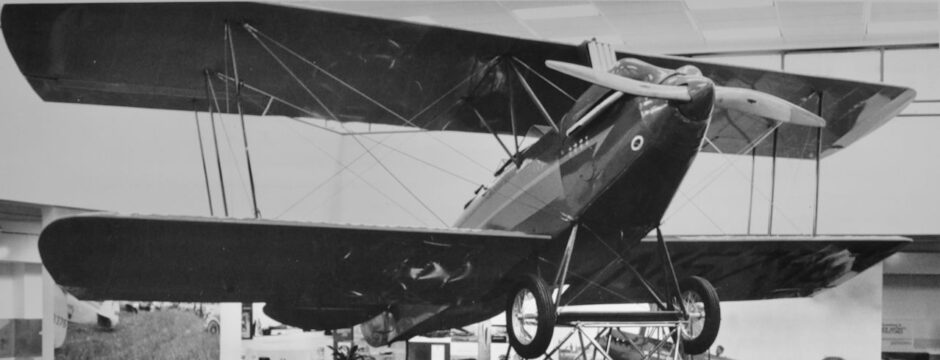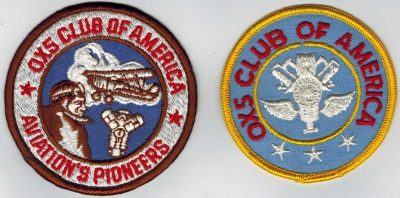This article was written by builder Harry Bochter OX5 ID 22595
It was published in the
Neighborhood Gazette of Pittsburgh
Cliff Ball Wing Newsletter
OX5 National Newsletter
Finleyville Flyer – Pittsburgh, PA Cliff Ball Wing OX5 Aviation Pioneers
WANNA BUILD AN AIRPLANE?
Forward By Ivan Livi
Harry Bochter, Cliff Ball Wing member ID 22595 of the OX5 Aviation Pioneers, has been building or rebuilding airplanes for almost two decades. Read about his early interest and later experience that extends to the present day.
The OX5 Aviations Pioneers is a nation-wide organization of early aviators, mechanics, and people who are interested in the preservation of aviation history. The Cliff Ball Wing is the original Wing that founded the OX5 Club in Latrobe, Pa in 1955. Wing meetings are held in the facilities of the West Mifflin Borough Building located on Lebanon Church Road across from the Allegheny County Airport. Anyone with an interest in aviation is welcome to attend the meetings. The OX5 organization is made up of sixteen active Wings located in all parts of the country. At it’s peak, OX5 numbered more than 4,000 members.
Harry’s Story about building airplanes.
My interest in aviation started in 1957 at age 11. An issue of Air Progress Magazine caught my eye. In it was an article on homebuilt airplanes around the world. The high wing Parasol open cockpit planes such as the Pietenpol Aircamper, Sky Scout, and Baby Ace were the most interesting. They all had that antique yet practical look. The Aircamper and Scout were all-wood construction, using the DeHavilland method consisting of spruce stringers and plywood gussets pioneered in World War I in airplanes such as the DH-4. These were widely used in the US for air mail service.
Now spring ahead to about 2002. I was asked by a friend to help rebuild a DeHavilland Moth Minor. It is a 1937 all-wood, low wing, open cockpit airplane that was extensively damaged when its wooden propeller disintegrated in flight and the airplane was damaged in a forced landing. For my first job, I was handed a plastic garbage bag full of bits and pieces of what used to be a pair of plywood and spruce landing gear fairings. I duct taped all the pieces together and reverse engineered two new fairings. I discovered working on wooden airplanes was fun. Six months and much work later, the Moth Minor flew and now resides in a small museum on Nemacolin Airport.
After this project, I salvaged the wing spars from a 1940 Stearman bi-plane consisting of eight beautiful aircraft grade pieces of spruce nearly 13 feet long. With this material, I decided to build a Roger Mann design all-wood ultra light Parasol. The lumber was planned and ripped into ¾ inch by ¾ inch longerons for the fuselage and wing spars. A work table and jigs were made and months of enjoyable labor followed. Nothing about the project is terribly difficult. Patience and planning are the keys to building an airplane. Make sure that you tell your friends what you are doing. I received donated materials such as dope, fabric, reinforcing tapes, hardware, and a set of plans for a 1930 Heath Parasol. As the project neared the fabric covering stage, the airplane took on the appearance of a three-dimensional puzzle. At present, the fabric is going on and I welcome all to stop in and see the project. It is located at Finleyville Airport… south of Pittsburgh. If you want to contact me, feel free to call me on my cell phone
412.523.2169. Harry Bochter

